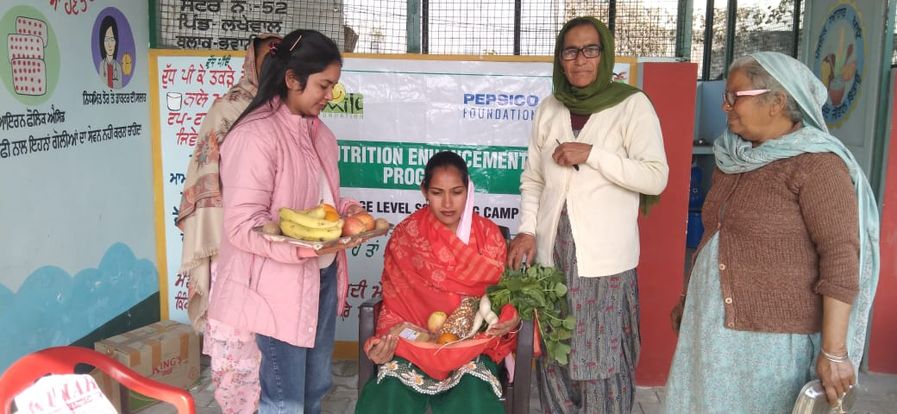India has a rich history of business and a diverse entrepreneurial culture. We are one of the leading Asian countries for creative entrepreneurship. The concept of owning and operating a business is profoundly ingrained in our social, economic, and political cultures.
With a predominantly young population, entrepreneurship is a natural fit. It creates employment, enabling the economy to move forward by maintaining the better part of a billion people working. Among these, the emergence of solopreneurs plays a key role in contributing to employment and creating livelihoods.
We are currently at a crossroads at which urbanisation is being promoted as a key component of our growth strategy. However, concerns about the informal sector have been merged with concerns about the black economy, congestion charges, and a threat to law and order and social cohesion.
The “undermining of social cohesiveness and law and order” sounds a lot like colonial regulators’ concerns about operations on the “other side” of the dual economy split. These concerns contradict our belief that India’s informal sector is an important aspect of the country’s structural development and young demography.
Small/Medium Enterprises and Employment
Small and medium-sized firms account for 40 percent of India’s overall exports. This sector accounts for 45 percent of total industrial output. Small- and medium-sized firms have played a key role in lowering unemployment, eradicating poverty, and reducing economic disparities. SMEs can be launched with a small amount of money. Small businesses can readily obtain SME credit and SME business financing.
In India, job concerns are prevalent. The pandemic made this concern bigger than ever. Small-scale enterprises and small businesses have long been a source of employment in India. Small-scale industries, after agriculture, are the second greatest source of employment in India. An estimate suggested that by 2020, nearly 110 million people will be employed by micro, small, and medium-sized businesses (MSME).
The Emergence of Solopreneurs through Government Schemes
The Government of India has made admirable efforts to assist SMEs in overcoming these obstacles. The National Manufacturing Competitiveness Programme encourages small businesses to use ICT tools and apps to improve their business processes. Then there’s the Assistance to Training Institutions Scheme, which gives financial support to national-level training institutions under the Ministry of MSME in order to improve SME infrastructure and establish entrepreneurial skill development programmes.
The Path to Digitization for Solo Enterprises
Micro, Small, and Medium Enterprises (MSMEs) struggled with marketing, competition, and funding before the Internet. They have limited reach and capital due to a limited network. In comparison to the current situation, starting a small firm used to be challenging. Consider spending lakhs on a storefront and then incurring additional costs for furnishings, supplies, and other necessities. Furthermore, because you are unable to relocate frequently, you can only target a restricted number of people. However, thanks to the Internet, the situation has changed dramatically.
MSMEs were aided by social media and digitization in overcoming difficulties. They are now able to compete in a sea of peers with equal strength.
MSMEs can use digitization to cross borders and service customers in other nations. Those MSMEs which accept purchases via e-commerce or through their online store have a 20% bigger consumer base than those that only sell in person.
MSMEs and nano businesses now have a plethora of options thanks to online commerce and social media. Revenue and profit have increased in tandem with the expansion of reach and employment opportunities.
How Small and Nano Enterprises contribute to the Growth of the Indian Economy
There was a period when the public sector provided a significant portion of job growth. In fact, when opposition political parties accuse the government of failing to create enough jobs, they frequently cite data from public-sector firms.
The most significant benefit of fostering small-scale industries and small enterprises is that they create jobs without requiring considerable government intervention. Both urban and rural growth is aided by SMEs and nanopreneurs. In general, SMEs contribute to the Indian economy in the following ways:
- Create jobs to help people get out of poverty.
- Reduce the income disparity between urban and rural areas.
- Lessen migration, promote regional development, and increase exports.
- Reduce pollution while increasing output.
- People’s purchasing power should be increased.
- Improve the general quality of life.
Conclusion
Big firms and industries frequently find it logistically impossible to establish themselves in rural areas, and even when they can, they limit themselves to specific industrial and commercial zones.
These restrictions do not apply to SMEs. Small enterprises can operate in villages and small towns. This is because the investment is lower, there is better access to small business loans, and often even lower skill, raising people’s living standards in the process.
Smile Foundation’s Efforts Towards Employing The Youth
Understanding that the growing number of MSMEs would mean the need for more human resources, Smile Foundation is doing its bit about it. Realising the need of the hour, Smile Foundation has revamped its livelihood training initiative ‘STeP‘ to fight the challenges posed by unemployment. Our campaign ‘Tayyari Kal Ki’ aims at Training & Upskilling the youth between the age of 18-32 years for employment and empowering them with a secure livelihood.
This livelihood mission is in strong alignment with the Government of India’s ‘Skill India’ initiative. Currently, the programme is operational through 82 centres across 18 cities in 16 states. In the last 15 years, Smile Foundation has trained over 65,000 youth and placed more than 45,000 of them in over 400 brands across India.









